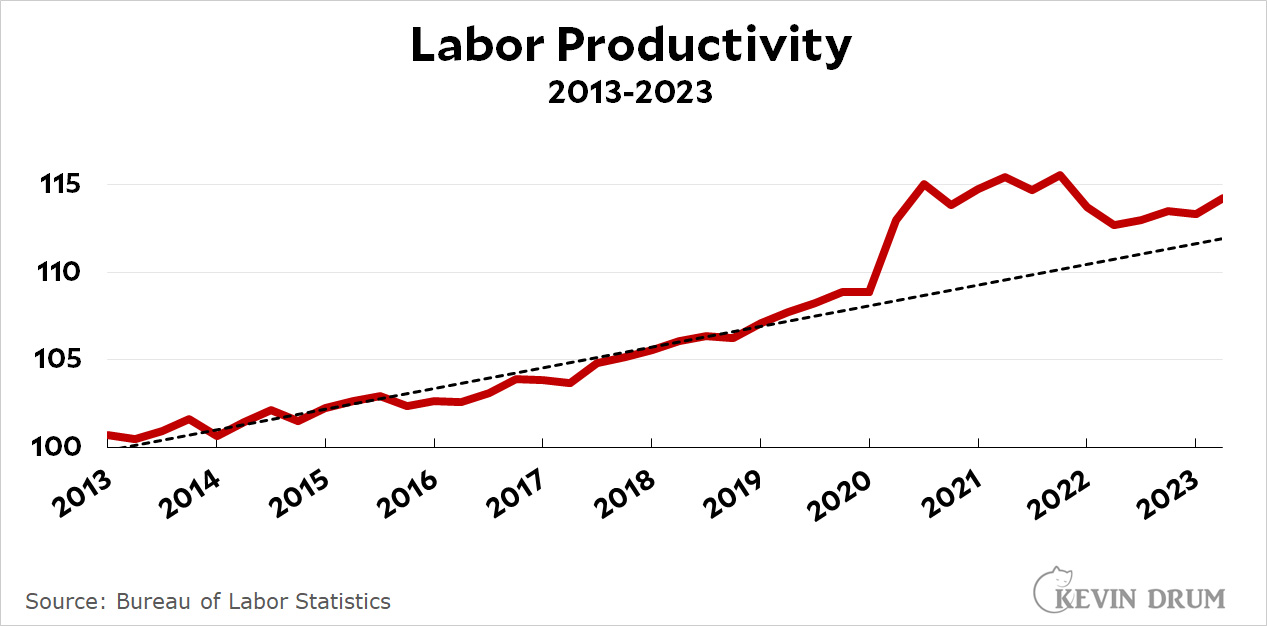Nick Kristof wrote yesterday about the huge rise in single-parent households over the past 60 years, especially among Black families. This has been a subject of public discussion ever since the famous Moynihan Report was issued in 1965, which detailed the "pathology" of Black family life in the wake of hundreds of years of brutal treatment. Here's the basic data:
 Moynihan was concerned about the rise of single-parent households at a time when "illegitimate" births (the usual name back then) had risen only from 18% to 25% among Black families. The real explosion was in the years after that. Between 1965 and 1990 the number rose to 70%.
Moynihan was concerned about the rise of single-parent households at a time when "illegitimate" births (the usual name back then) had risen only from 18% to 25% among Black families. The real explosion was in the years after that. Between 1965 and 1990 the number rose to 70%.
But why? Kristof offers up the following:
I think the big driver for the rise in single-parent households is bad decisions by policymakers that led to mass incarceration and a collapse of earnings for working-class men.
There's no question that incarceration skyrocketed during the 1965-90 period, though it didn't get underway until the mid-70s. But was there a collapse in earnings for working-class men? Here's the data:


 None of these is a perfect indicator, but taken together they suggest that working-class men, and Black men in particular, never suffered a collapse in employment or a collapse in earnings. Black men had higher unemployment and lower wages compared to white men, but the gap was steady over time.
None of these is a perfect indicator, but taken together they suggest that working-class men, and Black men in particular, never suffered a collapse in employment or a collapse in earnings. Black men had higher unemployment and lower wages compared to white men, but the gap was steady over time.
Whatever happened, the timing doesn't fit mass incarceration as an answer, and there was never a big change in employment or earnings. Something else has been at work.









